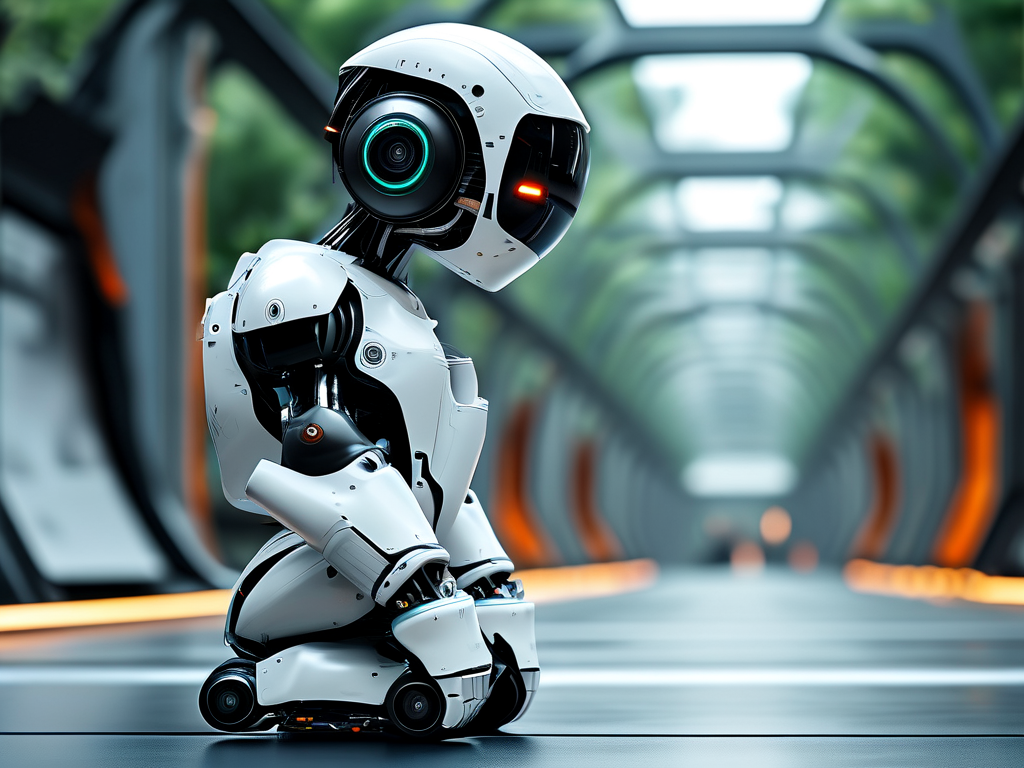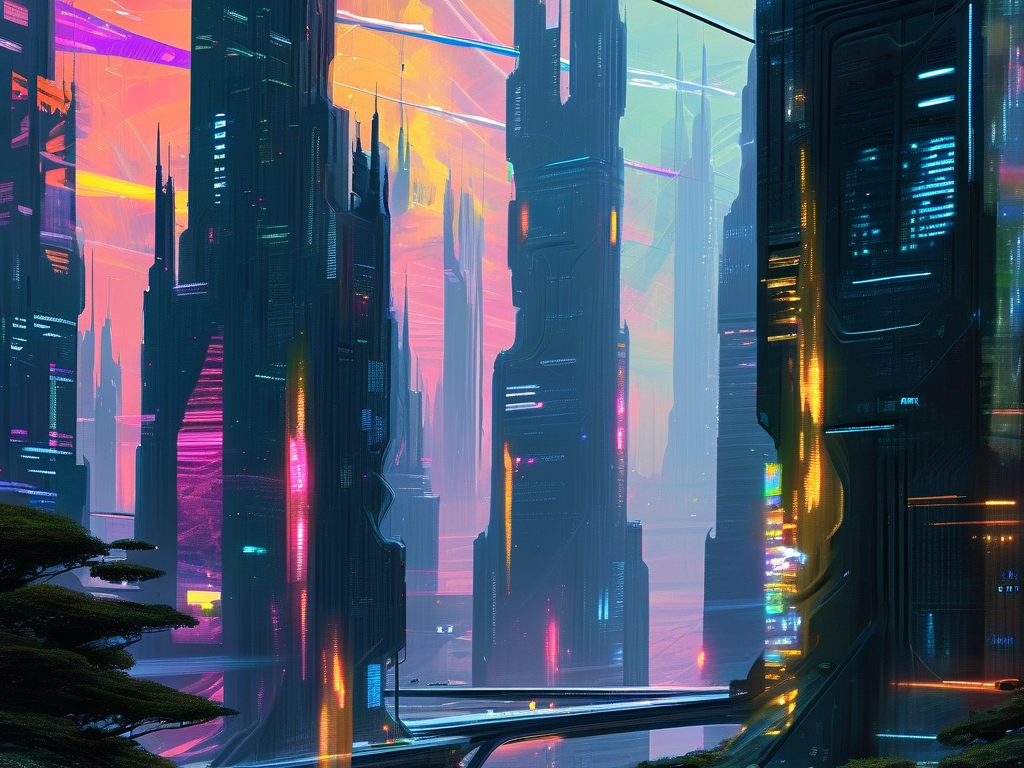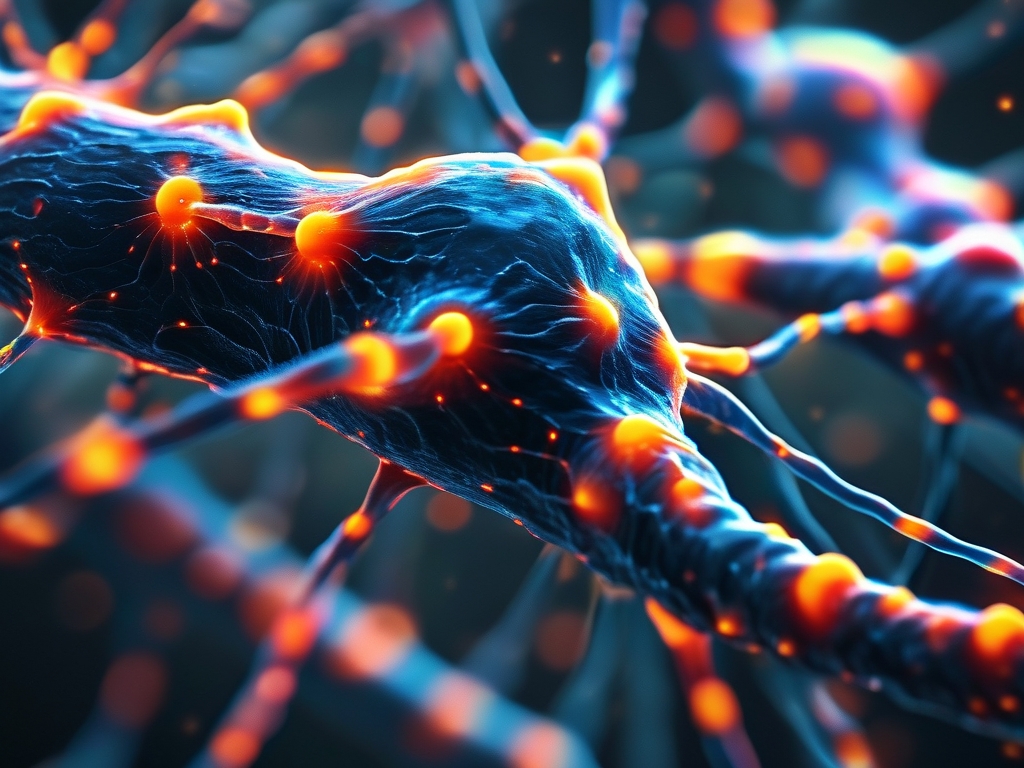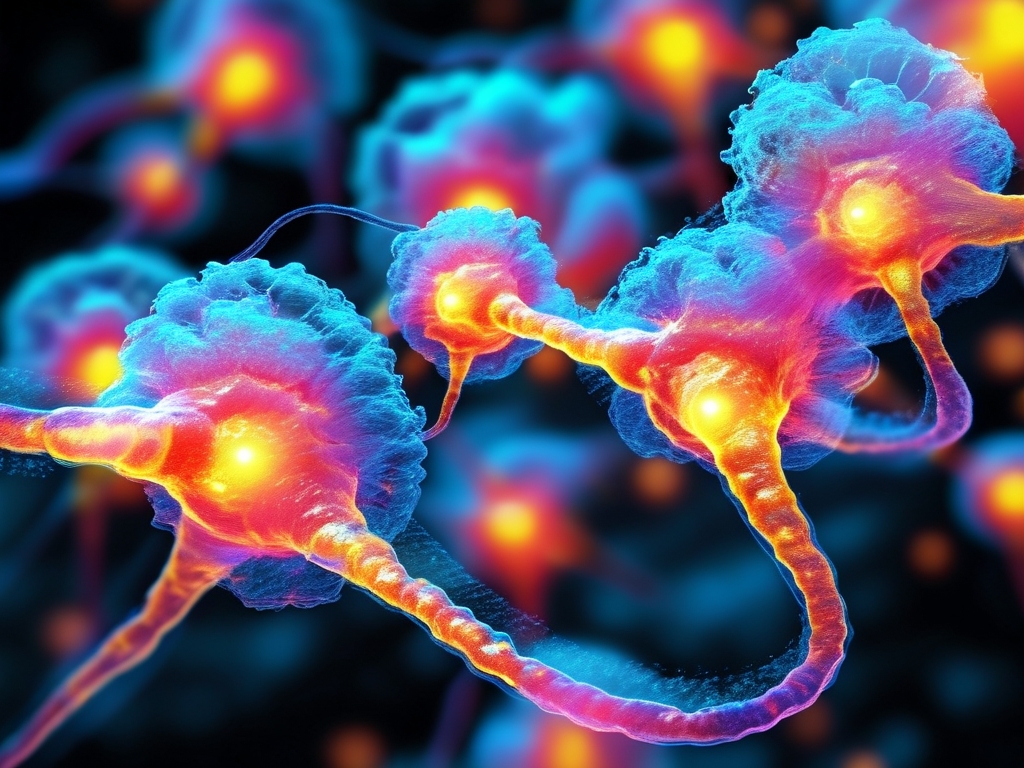The convergence of swarm networks and neural networks represents one of the most intriguing frontiers in artificial intelligence research. By mimicking the collective intelligence observed in natural systems like bee colonies and combining it with the adaptive learning capabilities of neural architectures, scientists are unlocking novel approaches to complex problem-solving. This article explores how these two paradigms intersect, their technical implications, and real-world applications reshaping industries.

Foundations of Swarm Networks
Swarm networks derive inspiration from decentralized biological systems. In nature, honeybee colonies exhibit remarkable coordination without centralized control—individuals follow simple rules to achieve collective goals like foraging or nest-building. Translated into computational models, swarm intelligence algorithms such as Particle Swarm Optimization (PSO) enable distributed agents to iteratively refine solutions through local interactions. For example, a PSO-based drone fleet might collaboratively map disaster zones by sharing positional data and adjusting flight paths dynamically.
Neural Networks: Learning Through Layers
Neural networks, conversely, emulate biological neurons to process information hierarchically. Deep learning architectures like convolutional neural networks (CNNs) excel at pattern recognition by training layered nodes on vast datasets. A CNN trained on medical images, for instance, can identify tumors with accuracy rivaling human radiologists. However, traditional neural models often require centralized data aggregation, posing challenges in scenarios where data privacy or bandwidth limitations exist.
Synergy Through Hybrid Architectures
The integration of swarm principles into neural systems addresses these limitations. Consider a federated learning framework where edge devices (smartphones, sensors) form a swarm-like network. Each device trains a local neural model on its data, then shares only model updates—not raw data—with a central server. This approach, akin to bees returning to the hive with nectar coordinates rather than the nectar itself, preserves privacy while improving global model accuracy. A 2023 study published in Nature Machine Intelligence demonstrated that swarm-enhanced federated learning reduced data leakage risks by 72% compared to conventional methods.
Code-Driven Optimization
Implementing swarm-neural hybrids often involves algorithmic tweaks. Below is a simplified Python snippet illustrating swarm-driven hyperparameter tuning for a neural network:
from pyswarm import pso
from tensorflow.keras.models import Sequential
def train_model(hyperparams):
model = Sequential()
# ... neural architecture setup ...
model.compile(optimizer=hyperparams[0], loss='mse')
return model.evaluate(val_data)
# Particle Swarm Optimization
best_params, _ = pso(train_model, lb=[0.001], ub=[0.1], maxiter=100)
This code uses swarm intelligence to optimize learning rates, demonstrating how decentralized search strategies enhance neural training efficiency.
Industry Applications
- Autonomous Vehicles: Tesla’s Autopilot team recently patented a swarm learning system where vehicles collectively improve obstacle detection models. When one car encounters a rare road scenario, its neural network adjustments propagate through the vehicle swarm, enhancing all units’ performance.
- Precision Agriculture: Startup BeeFlow combines drone swarms with neural soil analysis. Drones equipped with multispectral cameras capture field data, while an on-ground neural network processes images to direct swarm fertilization routes, reducing chemical use by 35%.
- Cybersecurity: Palo Alto Networks employs swarm-inspired neural agents to detect zero-day threats. Each agent monitors network traffic patterns locally, with a central neural coordinator identifying global attack signatures from distributed alerts.
Ethical and Technical Challenges
Despite promise, merged swarm-neural systems face hurdles. Energy consumption remains critical—a 2024 University of Cambridge study found swarm-trained models required 18% more computational resources than centralized counterparts. Additionally, emergent behaviors in decentralized systems can lead to unpredictable outcomes. Researchers at MIT’s CSAIL are developing “swarm governance” layers—neural networks that monitor and correct swarm decision-making processes in real time.
Future Trajectories
The next phase involves neuromorphic swarm systems. Intel’s Loihi 2 neuromorphic chip, designed to mimic brain plasticity, is being tested with swarm algorithms for robotic control. Early experiments show such chips process swarm coordination tasks 40x faster than GPUs while using 1/50th the power. Meanwhile, quantum computing advancements hint at future “quantum swarms” capable of solving optimization problems intractable for classical systems.
The fusion of swarm networks and neural systems transcends mere technical novelty—it redefines how machines learn and collaborate. From privacy-preserving healthcare diagnostics to climate modeling via sensor swarms, this synergy leverages nature’s blueprints to overcome AI’s current limitations. As research accelerates, the boundary between biological inspiration and computational innovation will continue to blur, heralding an era where artificial intelligence truly embodies collective wisdom.








